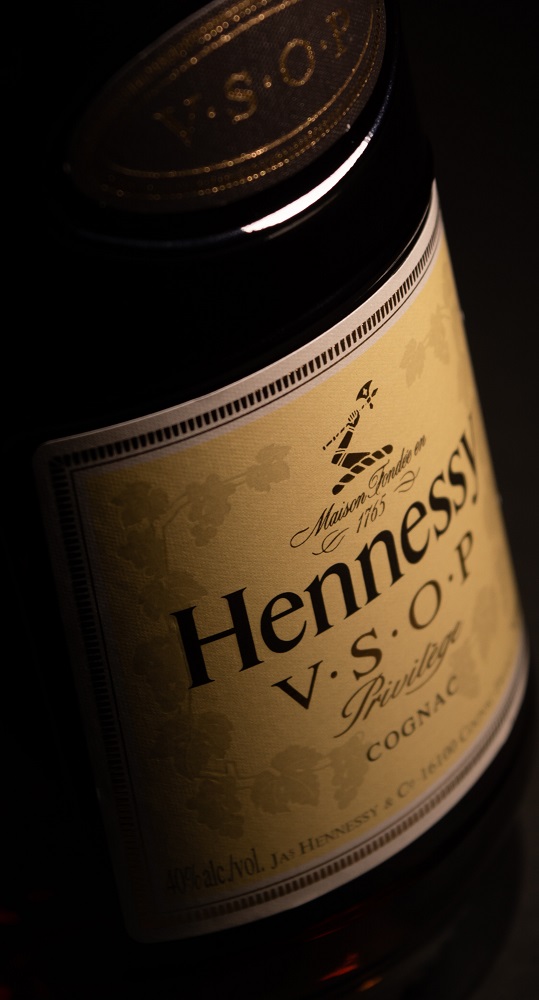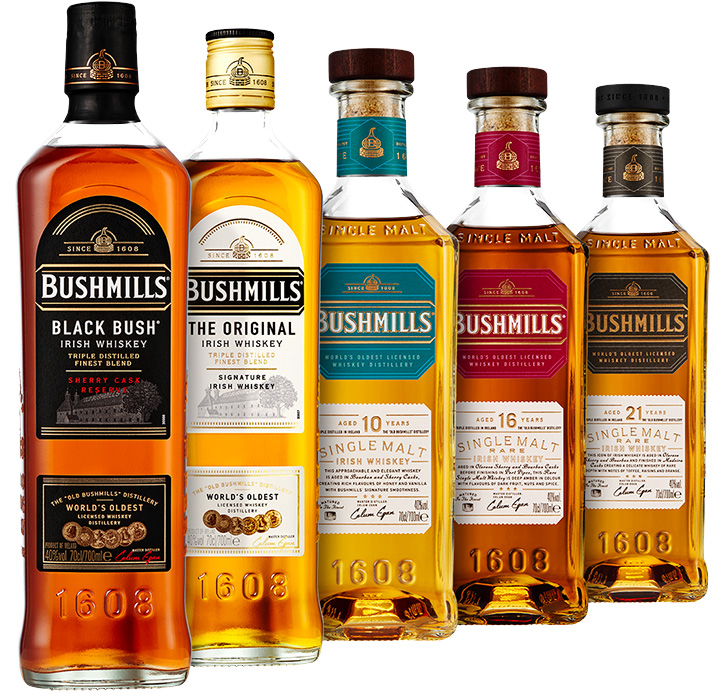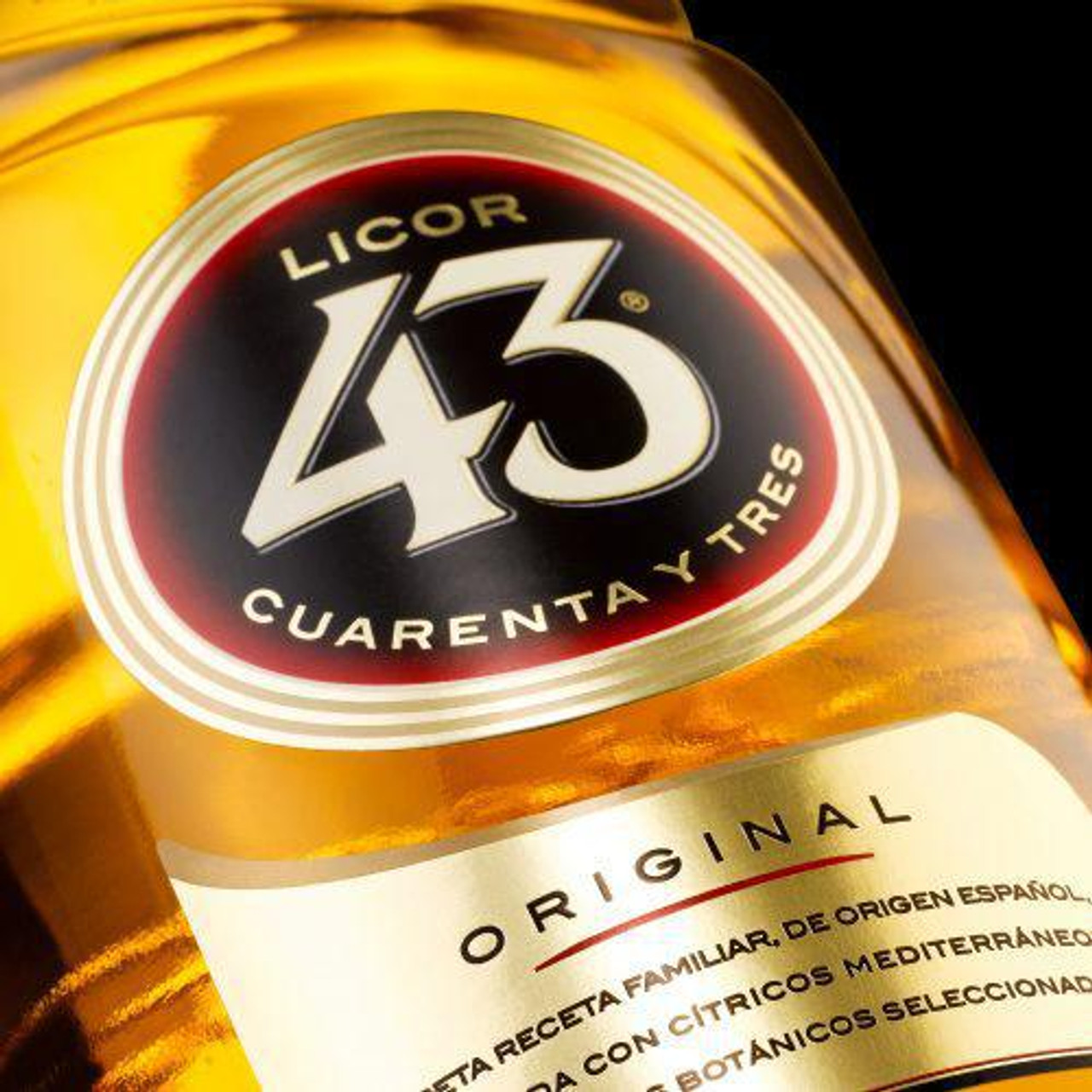What is Cognac? Exploring the World of French Elegance
What is cognac? Cognac, often referred to as the “king of brandies,” is a renowned French distilled spirit that has captured the hearts and palates of people worldwide. Known for its rich history, exquisite flavor, and association with luxury, Cognac has become a symbol of refinement and elegance. In this blog post we will delve into the fascinating world of Cognac. We will explore its origins, production process, classifications, and more. Whether you’re a seasoned Cognac enthusiast or someone curious to learn about this iconic drink, join us on this journey of discovery.
Index
- Exploring the origins
- The Production Process
3.1. Grape Harvesting
3.2. Pressing and Fermentation
3.3. Distillation
3.4. Aging - Types of Cognac
- Appreciating Cognac
- Pairing Cognac with Food
- Cognac Myths and Misconceptions
- Famous Cognac Brands
- Conclusion

1. What is Cognac? Exploring the origins
Cognac finds its roots in the picturesque region of Cognac, located in southwestern France. The region’s chalky soil and maritime climate provide the ideal conditions for growing the Ugni Blanc grape, the primary grape variety used in Cognac production. The history of Cognac dates back to the 16th century. Dutch merchants were originally using the distilled wine as a means of preserving it during shipping. Over time, the locals began to appreciate the transformation of this spirit into a refined and delightful drink, thus paving the way for the birth of Cognac as we know it today.
2. What is Cognac? The Production Process
The process of making Cognac is an intricate art that requires patience and precision. From grape harvesting to aging in oak barrels, each step plays a crucial role in shaping the final product.
2.1. Grape Harvesting
Cognac production begins with the careful selection and harvesting of grapes. Ugni Blanc, also known as Trebbiano in Italy, accounts for approximately 98% of the grape varieties used. The grapes are harvested in late summer or early autumn when they reach optimal maturity.
2.2. Pressing and Fermentation
After harvesting, the grapes undergo pressing to extract their juice, which is then left to ferment for about two to three weeks. The fermentation process converts the sugars in the grape juice into alcohol, creating a low-alcohol wine.
2.3. Distillation
The heart of Cognac production lies in the distillation process. The wine is distilled twice in traditional copper pot stills, known as “charentais alembics.” The double distillation helps concentrate the alcohol and remove undesirable compounds, leaving a clear and robust spirit called “eau-de-vie.”
2.4. Aging
Following distillation, the eau-de-vie is transferred to oak barrels for aging. The aging process is essential for developing the complex flavors and aromas that make Cognac so special. The spirits must be aged for a minimum of two years in oak barrels. However, many high-quality Cognacs age for much longer, some even reaching several decades.
3. What is Cognac? Types of Cognac
Cognacs are classified based on their age and the quality of the aging process. The most common classifications include:
VS (Very Special)
VS, also known as “Very Special,” indicates that the youngest eau-de-vie in the blend has been aged for at least two years. These Cognacs are vibrant and showcase the fresh and fruity characteristics of the grape.
VSOP (Very Superior Old Pale)
VSOP, or “Very Superior Old Pale,” designates that the youngest eau-de-vie in the blend has been aged for at least four years. These Cognacs are more mellow and complex, offering a balance of fruitiness and oak influences.
XO (Extra Old)
XO, standing for “Extra Old,” denotes that the youngest eau-de-vie in the blend has been aged for a minimum of ten years. This category presents luxurious Cognacs with pronounced depth, richness, and intricate flavors.
Vintage Cognac
Vintage Cognacs are produced from grapes harvested in a specific year and aged for a long period, typically decades. These rare gems offer a snapshot of a particular year’s climatic conditions and are highly sought after by collectors and connoisseurs alike.

There is much more to learn about the different types of cognac. Read all about in in our blog 4 Types of Cognac: The Best Guide to Understanding Cognac

4. Appreciating Cognac
The enjoyment of Cognac goes beyond merely sipping it; it is an experience that engages all your senses. When savoring this exquisite spirit, take note of its color, aroma, taste, and finish. Hold the glass up to the light to observe its hues. Then inhale the enticing bouquet, and allow the liquid to coat your palate, savoring its complexity.
5. Pairing Cognac with Food
Cognac’s versatility extends to its pairing possibilities with various dishes. Its rich, complex flavors complement a wide range of foods. This makes it an excellent choice for culinary adventures. Pair VS and VSOP Cognacs with cheeses, seafood, and fruit-based desserts, while XO Cognacs beautifully accompany rich dishes like foie gras, chocolate desserts, and cigars.

6. Cognac Myths and Misconceptions
As with any esteemed drink, Cognac has its fair share of myths and misconceptions. Let’s dispel some common misunderstandings about this refined spirit.
Cognac is Only for the Wealthy
While it’s true that some high-end Cognacs can fetch exorbitant prices, there are many accessible options suitable for various budgets. Cognac’s diverse range allows enthusiasts at all levels to enjoy this sophisticated spirit.
All Cognacs Taste the Same
On the contrary, Cognacs exhibit a wide spectrum of flavors, aromas, and complexities. From the vibrant and fruity VS expressions to the luscious and opulent XO blends, the variety within the Cognac world is vast.
Mixing Cognac is a Sin
While some purists prefer to enjoy Cognac neat to fully appreciate its intricacies, mixing Cognac in cocktails can also lead to delightful results. The choice ultimately lies in personal preference, and experimenting with mixology can be an enjoyable venture.
7. Famous Cognac Brands
Several renowned Cognac houses have solidified their places in history as purveyors of exceptional spirits. One such brand is Hennessy, founded in 1765 and celebrated for its rich and velvety Cognacs, with the iconic “XO” label being a symbol of luxury. Another prominent name is Rémy Martin, established in 1724, known for its elegant and smooth Cognacs, especially its prestigious “Louis XIII” blend, aged up to 100 years. Martell, founded in 1715, boasts a legacy of crafting fine Cognacs, combining tradition and innovation. Meanwhile, Courvoisier, established in 1809, is famous for its expressive and well-balanced Cognacs, appreciated by connoisseurs around the globe. These brands, among others, continue to shape the world of Cognac, offering a taste of history and excellence in every exquisite bottle.
7. What is Cognac? Conclusion
So what is cognac? Cognac stands as a timeless testament to the artistry and craftsmanship that embodies French distillation. From its humble beginnings in the charming region of Cognac to its rise as a symbol of luxury and elegance worldwide, this exquisite spirit has captured the hearts of enthusiasts and connoisseurs alike.
While Cognac has long been associated with luxury and exclusivity, it is a spirit that can be enjoyed by all, regardless of budget or expertise. Whether savoring it neat to fully appreciate its nuances or mixing it in a creative cocktail, Cognac’s versatility offers something for everyone.
Learn more about cognac in our blogpost “Cognac, learn all about this liquor“.
What is Cognac? F.A.Q.
Moving Spirits, your wholesale supplier of cognac.
Are you looking for a cognac supplier that can help you stock your alcohol store now you have learned all about what is cognac? In our Sales Portal, where you can see our current stock 24/7, you can filter on all the cognacs we have. Here, we have made subdivisions as follows: cognac, armagnac, calvados and brandy.
We do not only sell the most famous and popular brands, such as Hennessy, Remy Martin or Martell, but we also choose to be a distributor of a number of import brands. With our continuous stock of more than 2,000 drinks, you will always be surprised by the extensive choice you have.




